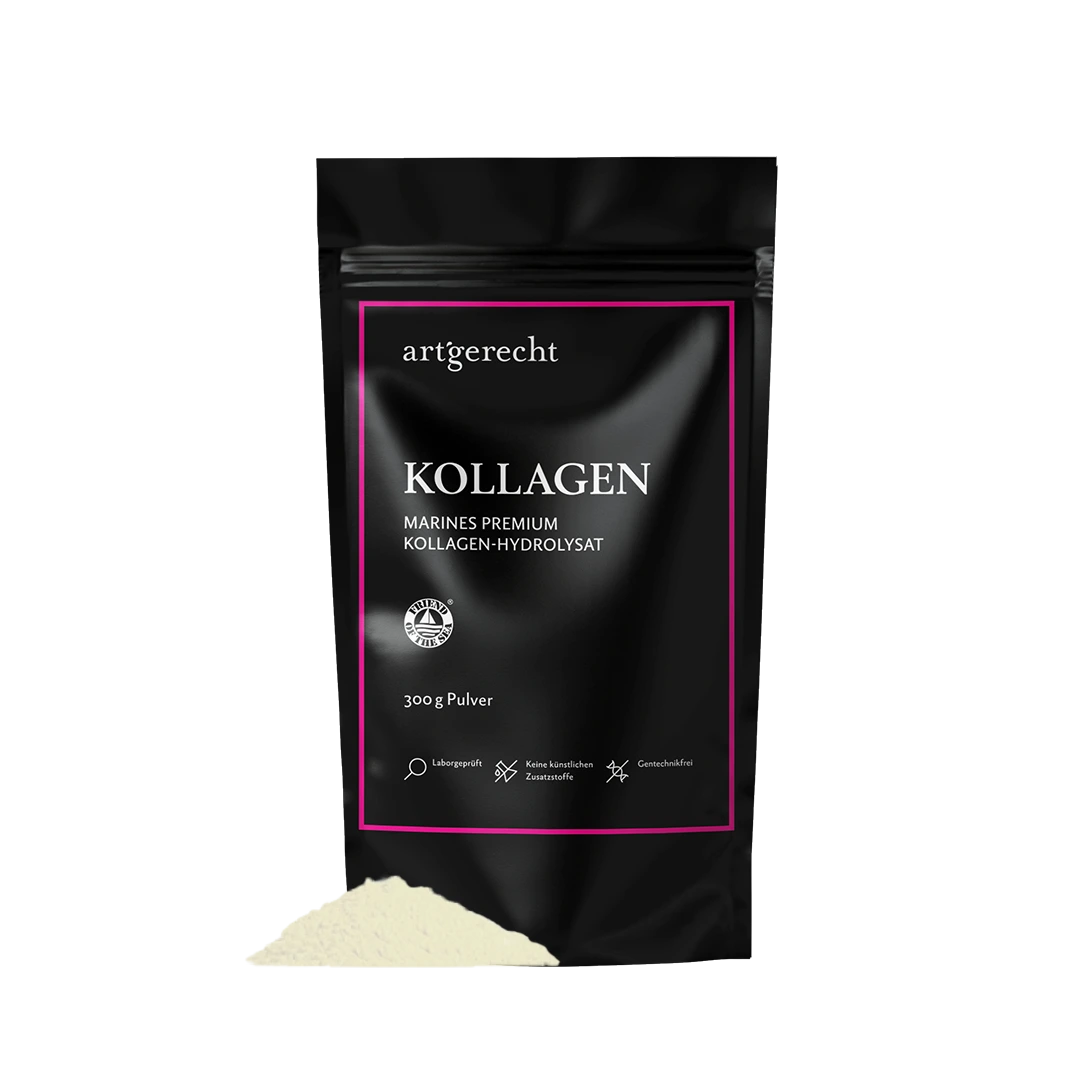We have already described that lactoferrin can have an influence on the formation of abdominal fat (Lactoferrin and metabolic syndrome). A high accumulation of visceral fat has a direct impact on fat and sugar metabolism.
How useful is the use of lactoferrin here? What about the other risk factors for metabolic syndrome and ultimately for the development of type 2 diabetes mellitus?
The diagnosis of type 2 diabetes mellitus is already associated with a number of pathological changes in the body, such as the development of insulin resistance. Chronic inflammatory processes in the body are also involved in the development of diabetes mellitus. Measurably elevated levels of pro-inflammatory messengers such as TNF (tumor necrosis factor) or CRP (C-reactive protein) in the blood are therefore risk factors as well as a concomitant problem in an existing disease [1,2].
One of the specific risk factors is the insulin resistance mentioned above.Insulin resistance means that the cells of insulin-dependent tissue, such as the muscles, react less sensitively to insulin. As a result, the cells of the pancreas produce more insulin and a so-called hyperinsulinemia occurs. If this condition is long-term, there is a risk that the pancreatic cells will reduce their function and produce too little insulin [11].
In studies, it has been shown that lactoferrin improves the insulin sensitivity of body cells, even in cases of pre-existing insulin resistance [3,4].If insulin resistance persists in the long term, too little glucose is absorbed by the cells and the blood sugar level remains high in the long term (hyperglycemia).
A long-term elevated blood glucose level can in turn trigger or exacerbate low-level chronic inflammation, which promotes the progression of the disease [5].
In animal studies, oral administration of lactoferrin over a period of 15 weeks was able to reduce weight gain, reduce the amount of visceral fat and also regulate blood glucose, leptin and lipid levels [6]. The corresponding sugar binding sites through which lactoferrin interacts with the various sugar molecules could be localized on the C-lobe of the molecule [7].
In overweight mice, glucose metabolism could be additionally regulated by the administration of lactoferrin via the positive modulation of the microbiome and the reduction of inflammation [8].The intake of high concentrations of lactoferrin showed a hypoglycemic and insulin-sensitizing effect [9].
The proven synergistic effect with metformin, the most important drug in the treatment of type 2 diabetes, is also of therapeutic interest [10].
A 2018 study on diabetic patients with type 2 diabetes mellitus also demonstrated an antidiabetic effect of lactoferrin in humans [9]. The measured values showed a significant improvement in HbA1c (the so-called long-term blood glucose value), body mass index (BMI) and lipid status (blood lipid values).In addition to the insulin-sensitizing effect, an anti-inflammatory effect was also demonstrated here through the reduction of pro-inflammatory messenger substances.
The antidiabetic efficacy of lactoferrin can therefore be explained by the improvement in blood sugar levels, fat metabolism and the anti-inflammatory component.
Recommendations for the regular intake of lactoferrin could enable more effective blood glucose control than the sole intake of conventional antidiabetic drugs [9].
Lactoferrin also represents a natural and safe intervention option in the prevention and treatment of metabolic disorders in general [9].
Sources
1 Ryba-Stanisławowska M, Rybarczyk-Kapturska K, Myśliwiec M, Myśliwska J. Elevated levels of serum IL-12 and IL-18 are associated with lower frequencies of CD4(+)CD25 (high)FOXP3 (+) regulatory t cells in young patients with type 1 diabetes. Inflammation 2014; 37: 1513–1520.
2 Hu FB, Meigs JB, Li TY, Rifai N, Manson JE. Inflammatory markers and risk of developing type 2 diabetes in women. Diabetes 2004; 53: 693–700.
.3 Moreno-Navarrete JM, Ortega FJ, Bassols J, Ricart W, Fernández-Real JM. Decreased circulating lactoferrin in insulin resistance and altered glucose tolerance as a possible marker of neutrophil dysfunction in type 2 diabetes. The Journal of clinical endocrinology and metabolism 2009; 94: 4036–4044.
4 Moreno-Navarrete JM, Ortega FJ, Ricart W, Fernandez-Real JM. Lactoferrin increases (172Thr)AMPK phosphorylation and insulin-induced (p473Ser)AKT while impairing adipocyte differentiation. International journal of obesity (2005) 2009; 33: 991–1000.
5 Chang SC, Yang WV. Hyperglycemia, tumorigenesis, and chronic inflammation. Crit Rev Oncol Hematol. 2016;108:146-153. doi:10.1016/j.critrevonc.2016.11.003
6 Xiong L, Ren F, Lv J, Zhang H, Guo H. Lactoferrin attenuates high-fat diet-induced hepatic steatosis and lipid metabolic dysfunctions by suppressing hepatic lipogenesis and down-regulating inflammation in C57BL/6J mice. Food & function 2018; 9: 4328–4339.
7 Mir R, Kumar RP, Singh N, Vikram GP, Sinha M, Bhushan A, Kaur P, Srinivasan A, Sharma S, Singh TP. Specific interactions of C-terminal half (C-lobe) of lactoferrin protein with edible sugars: binding and structural studies with implications on diabetes. International journal of biological macromolecules 2010; 47.
.8 Sun J, Ren F, Xiong L, Zhao L, Guo H. Bovine lactoferrin suppresses high-fat diet induced obesity and modulates gut microbiota in C57BL/6J mice. Journal of Functional Foods 2016; 22: 189–200.
9 Mohamed WA, Schaalan MF. Antidiabetic efficacy of lactoferrin in type 2 diabetic pediatrics; controlling impact on PPAR-γ, SIRT-1, and TLR4 downstream signaling pathway. Diabetol Metab Syndr. 2018;10:89. published 2018 Dec 4. doi:10.1186/s13098-018-0390-x
10 Min Q-Q, Qin L-Q, Sun Z-Z, Zuo W-T, Zhao L, Xu J-Y. Effects of Metformin Combined with Lactoferrin on Lipid Accumulation and Metabolism in Mice Fed with High-Fat Diet. Nutrients 2018; 10.
11 Szendrödi, J., Roden M.: ""The importance of mitochondrial function in the development of insulin resistance and type 2 diabetes."" Jahrbuch der Heinrich-Heine-Universität Düsseldorf 2009 (2008).












